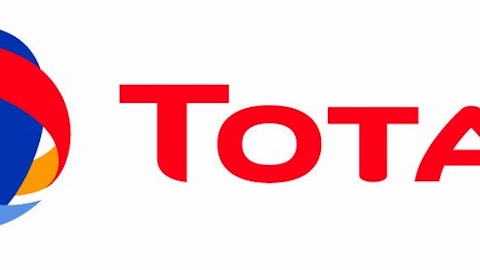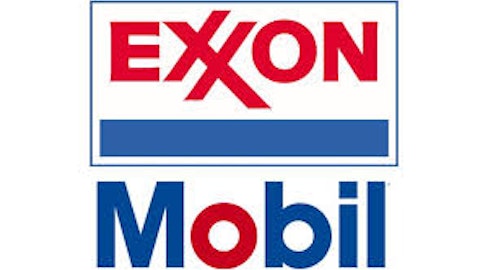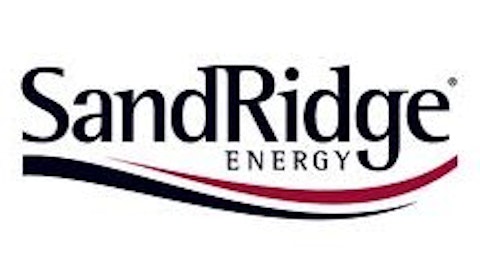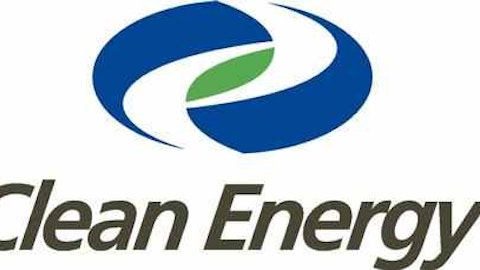A ratio for this, a metric for that. All told, there are hundreds of ways of multiplying or dividing a couple numbers from a company’s financial statements. These metrics are handy ways to make comparisons between companies, but these numbers can also miss some critical elements about a company’s prospects. To further explore this idea, let’s take a look at some things that may be overlooked by taking a deeper dive into the balance sheets of big oil.
The rest of the story
Just like how many individuals fear personal debt, investors have a high aversion to debt on a company’s balance sheet. If you’re an investor, that money going to pay interest on senior notes would look a lot better in your pocket. One way we like to measure debt is with the debt-to-capital ratio. It gives us a quick and dirty way to monitor the credit health of our investments, but this metric is far from perfect.
Using the personal finance comparison again, it’s likely that an individual has short-term debt like a credit card and long-term debt like a mortgage or student loans, but those loans probably don’t cover all your contractual obligations. The same can be said for companies. Their total debt and debt-to-capital ratios don’t include other contractual obligations such as pension liabilities and asset retirement obligations. Just look at the example of big oil:
| Company | Current Debt ($ Billions) | Debt-to-Capital Ratio | Debt and Other Contractual Obligations | Obligations-to-Capital Ratio |
|---|---|---|---|---|
| Exxon Mobil Corporation (NYSE:XOM) | 19.35 | 10.1% | 69.25 | 35.5% |
| Chevron Corporation (NYSE:CVX) | 19.93 | 12.1% | 50.35 | 30.1% |
| BP plc (ADR) (NYSE:BP) | 38.2 | 22.7% | 84.52 | 50.2% |
| Royal Dutch Shell plc (ADR) (NYSE:RDS.A) | 28.01 | 13.5% | 64.07 | 31% |
| Total | 42.41 | 30.5% | 61.51 | 44.3% |
Sources: S&P Capital IQ, author’s calculations.

One important thing to consider, though, is that asset retirement obligations are an estimate of what it will cost for a company to retire that asset from use. So the real obligation can vary based on what a company pays to get that asset off the books. Also, as you can imagine, BP plc (ADR) (NYSE:BP)’s obligations are much higher compared with the others in part because the company still has some contingencies set aside for any additional obligations for the Deepwater Horizon spill. These may or may not be enacted based on any costs the company may incur once the trust it set up runs dry.
Hidden gems
Of course, items hiding on a balance sheet don’t need to be bad things. Sometimes they can be added benefits that don’t show up in the traditional revenue. Of the majors, there are two items that stand out the most. Within Total’s annual findings, you’ll find that the company owns 66% of shares outstanding in solar panel manufacturer SunPower Corporation (NASDAQ:SPWR). Currently, SunPower doesn’t offer a dividend, so Total doesn’t earn a realized gain on the shares. However, for each dollar increase over the purchased share price of $23.25 for SunPower, Total has an unrealized net income benefit of $72 million.
A much larger hidden asset on Big Oil’s balance sheet is BP plc (ADR) (NYSE:BP)’s 19.75% working interest in Russian oil giant Rosneft. BP acquired this stake when Rosneft bought out TNK-BP. As a shareholder in Rosneft, BP will earn its share in the company’s annual dividend. Unlike most dividends in the U.S., Rosneft pays out 25% of its annual net income once a year. For this year, BP will receive $460 million after Russian capital gains taxes, and the proceeds will be added to the company’s net income.
What a Fool believes
Using basic ratios and scanning financial statements can give you a rough idea of what’s going on with a company, but it may not necessarily tell the entire story. This is especially true for large companies like the integrated oil majors, which have several moving parts. Before making a decision on an investment, be sure to take a good look at the business beyond thumbing through a few valuation ratios. It’s likely that during your search you may come across a few half-truths and hidden gems.
The article What’s Hiding in Big Oil’s Balance Sheet? originally appeared on Fool.com.
Fool contributor Tyler Crowe has no position in any stocks mentioned. The Motley Fool recommends Chevron and Total.
Copyright © 1995 – 2013 The Motley Fool, LLC. All rights reserved. The Motley Fool has a disclosure policy.




